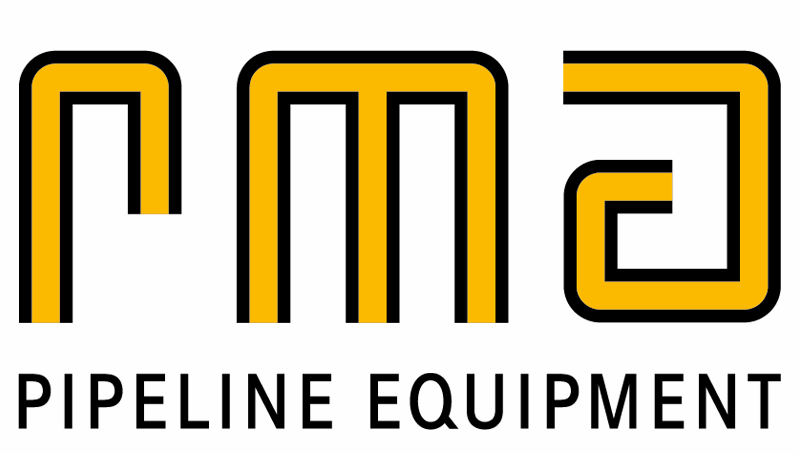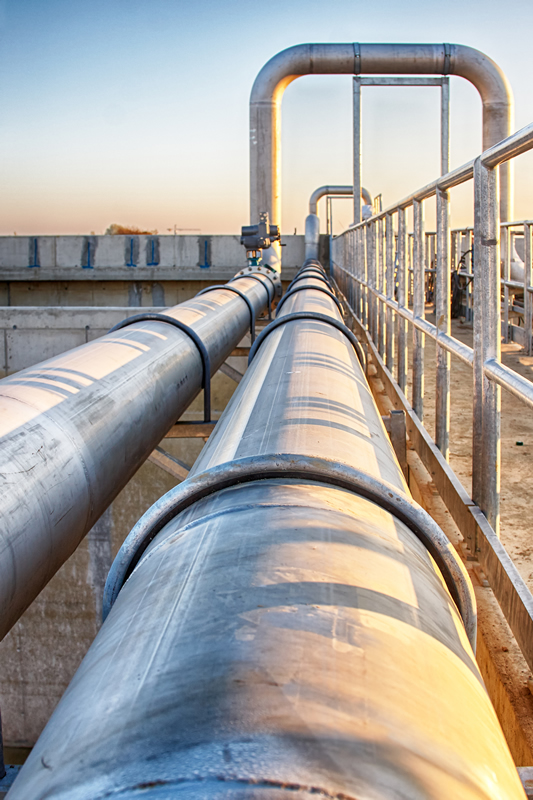Information on the impact of the activities performed by RMA sp. z o.o. in Chojnów at ul. Łużycka 14on human health and the environment
Pursuant to Art. 32c section 1.2 of the Act of November 29, 2000, Atomic Law (Journal of Laws 2021, No. 623), I would like to inform you that in RMA sp. z o.o. in Chojnów at ul. Łużycka 14, activities involving exposure to ionizing radiation are carried out, consisting in the use of devices generating ionizing radiation used to inspect welds. The activity is conducted on the basis of permitting decisions issued by the President of the PAA.
The unit’s activities are classified as threat category III.
Pursuant to Art. 17 section 1 of the Act of November 29, 2000, Atomic Law (Journal of Laws 2021, No. 623), in order to adapt the method of risk assessment to its expected level, employees employed in weld inspection positions were classified in exposure category B. The assessment of exposure of employees is carried out on the basis of individual dosimetric and environmental dosimetry measurements conducted by IFJ in Krakow in a way that allows determining whether employees are correctly classified in this category.
Over the last 12 months, the useable dose limits for persons employed in defectoscopic examinations at the plant and for the general population have not been exceeded above the permissible level.
Carrying out activities involving exposure is consistent with the principle of optimization, which requires that, with reasonable consideration of economic and social factors and the current state of technical knowledge, the number of exposed people employed in the plant and people from the general population as well as the probability of their exposure should be as low as possible, and the radiation doses they receive ionizing potential were small.
In connection with the above-described activities, no radioactive substances are released into the environment.
Based on the above information, I conclude that the activities related to the use of devices producing ionizing radiation in the past 12 months did not have a negative impact on human health or the surrounding environment.

